Why are the top three Japanese luxury cars frustrated in China? Can they still have a chance to turn over?
The top three Japanese luxury cars established in the 1980s can be regarded as the "post-80s" in the automotive industry. It has been in the North American market for many years, but in the Chinese market it is just the opposite. Except for Lexus, Infiniti and Acura have never sold more than 50,000 vehicles in the Chinese market, although the two achieved domestic production in 2014 and 2016 respectively. What is the reason for this?
The first month of the second half of the year passed. For domestic luxury car brands, this means that the sales competition in the second half is about to begin again. In this regard, the top three Japanese luxury cars seem to be more nervous and nervous.
On August 2, Lexus was the first to announce its sales in China in July. Data show that its sales volume in July was 15200, a year-on-year increase of 37.5%, setting a "single month sales record high in China."

This made Lexus, who had been suffering for the previous two months, finally breathed a sigh of relief. In the first half of the year, Lexus completed a total of 68,700 vehicles in China, a year-on-year increase of 14%, but this has not reached half of its sales target of 160,000 vehicles set at the beginning of the year.
For Infiniti and Acura, Lexus's current situation is very different. In the first half of the year, Infiniti’s cumulative sales were 11,547 vehicles, a drop of 9.87% from the same period last year. Acura’s cumulative sales in the first half of the year were 3,982 vehicles, a drop of 38.7% year-on-year. In the top ten list of luxury cars in the first half of the year, if the name of Porsche is not taken away, Acura will not be in the top ten.

It is very difficult indeed. However, this situation may have long been accustomed to the top three Japanese luxury cars. In fact, with the exception of Lexus, Infiniti and Acura have never sold more than 50,000 vehicles in the Chinese market, although the two achieved domestic production in 2014 and 2016 respectively. Strangely, Infiniti's growth rate started to slow down the following year after being made in China.
What is the reason for this?
The lost "post-80s"In fact, the top three Japanese luxury cars were all born to meet the demand for high-end cars in the US market, and they were all born in the 1980s, which can be described as a typical post-80s generation in the auto industry. The three have also made little achievements in the North American market. Among them, Lexus is second only to BMW and Mercedes-Benz in the US market. Acura benefits from Honda's solid foundation in North America and ranks very high.
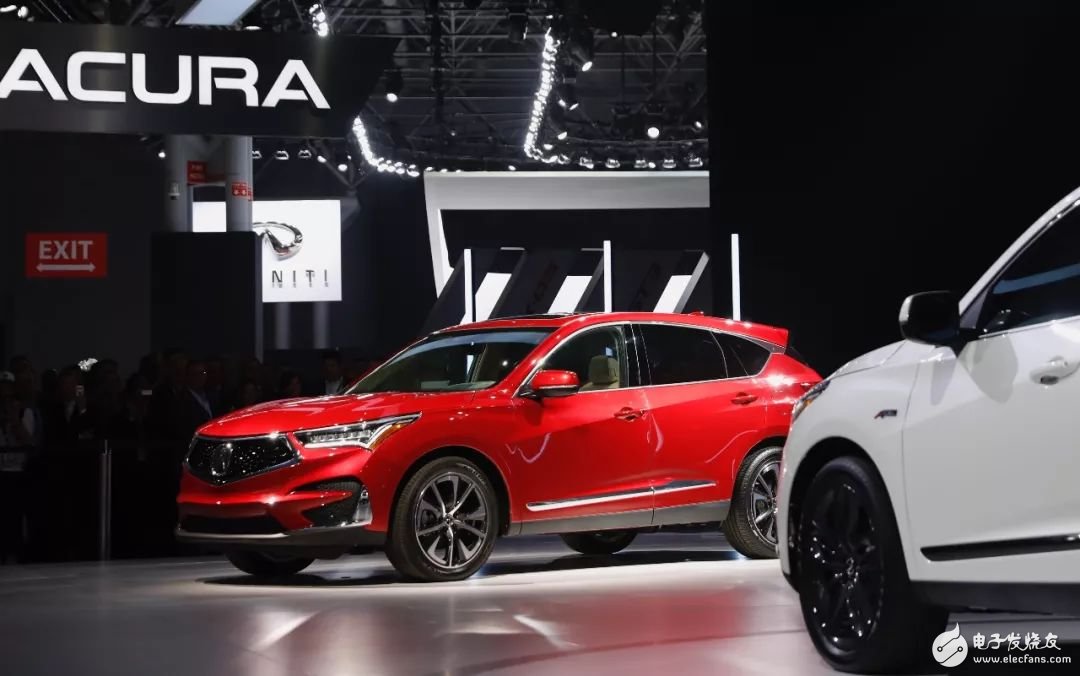
All three of them "returned" to Japan to open up the local market after they succeeded in the North American market. Because they were born in the United States and developed for the needs of the American market, the top three Japanese products naturally have a strong North American style, such as rough style and large displacement, which is not pleasing in the Chinese market.
Take Lexus, the earliest entry into China, as an example. When it first entered the Chinese market, Lexus had an average growth rate of more than 50% for three consecutive years. It was once considered to be expected to surpass Mercedes-Benz and rank among the top three luxury cars. However, in September 2008, the Chinese government promulgated a new consumption tax policy, stipulating that the consumption tax rate for large-displacement passenger cars should be increased, which caught Lexus, which has almost no reserve of small-displacement models, by surprise.
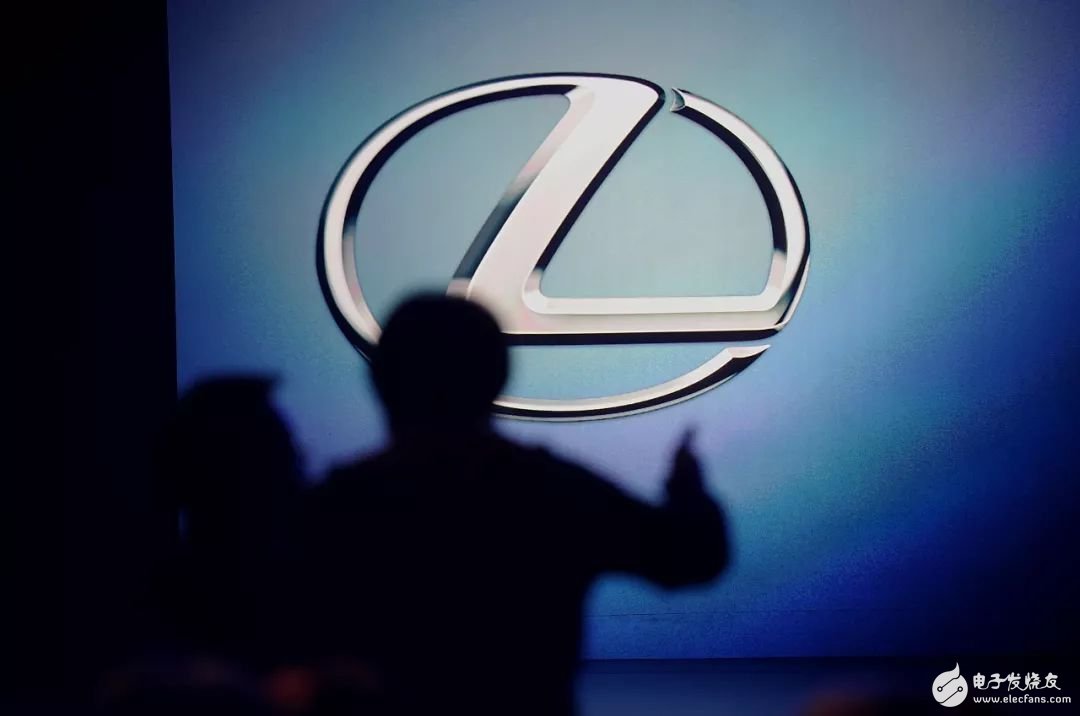
Lexus' speed of reaction saved it. Two years later, it made up this lesson. But Acura and Infiniti are obviously not so lucky. Both of them gave people the impression of "fewer models, large displacement, and high prices" until the domestic production was launched. In particular, Acura's products in China in the early years were all imported from the US version, and few changes were made to meet the needs of the Chinese market.
Due to the lack of competitive products, Infiniti and Acura are also incapable of channel laying. At the beginning of 2016, Infiniti officially planned to increase to 120 dealers by the end of the year. After two years, this number does not seem to have changed.
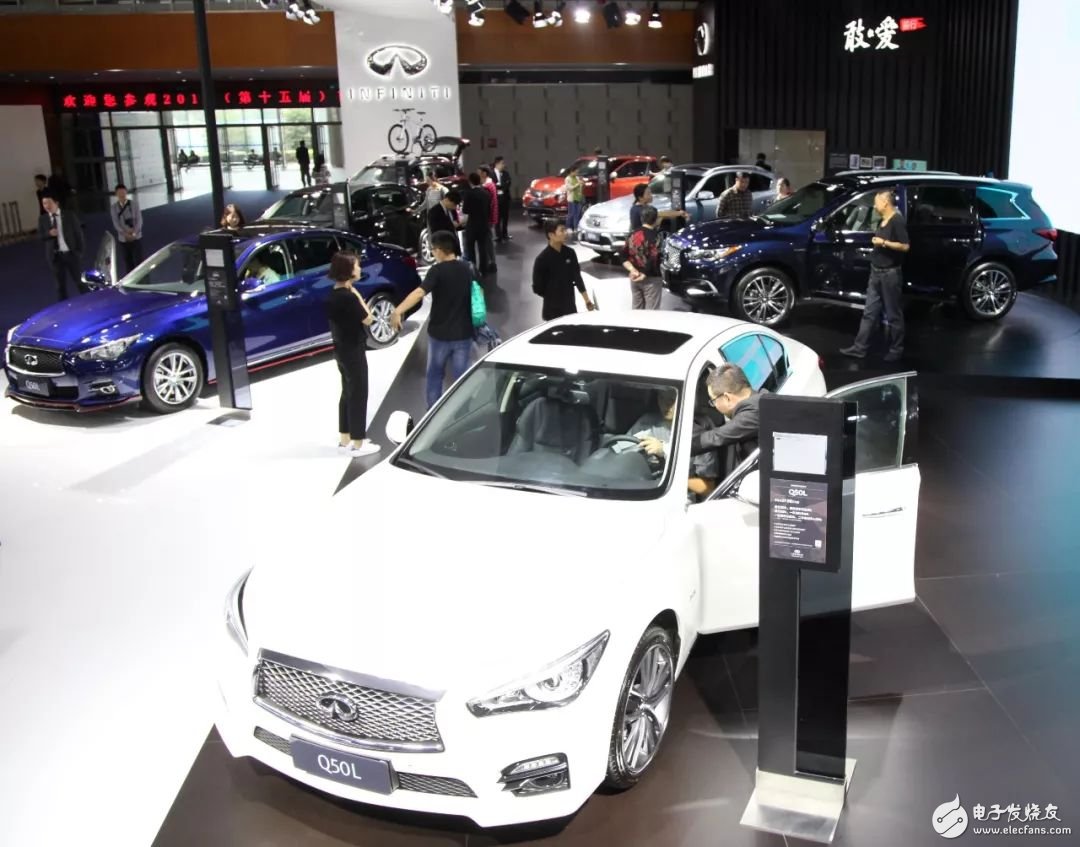
The number of GAC Acura's special stores is only more than 70. In 2017, Acura officially stated that the number of special stores will increase to 90 during the year. At present, only Lexus dealers are slowly expanding. As of the end of June, it has 186 dealers.
For Japanese luxury cars, it is not only the loss of sales, but also the decline of market position and right to speak. Among them, Lexus has missed the fourth place in the Chinese luxury car market for several years, while Infiniti and Acura have always been in the top ten.
One situation, two choicesThe top three Japanese luxury cars have always hoped to make a big difference in the Chinese market, which is very obvious. According to Acura's vision four years ago, it will achieve the goal of 100,000 vehicles in 2020.

According to the goals of both shareholders, Infiniti will also achieve its goal of selling 100,000 vehicles in China this year and become the fourth luxury brand. Lexus has been "sitting around and looking at three" many years ago, and was therefore determined to become China's largest luxury car brand in 2015.
But whether it was Infiniti, Acura, or Lexus, they did not seize the opportunity to expand in a timely manner.
In 2014, when the second-tier luxury car market was turbulent, K-Line Automotive had in-depth discussions with industry insiders about second-tier brands. At that time, several people believed that the second-tier brands in the luxury car market in China still had a lot to do.
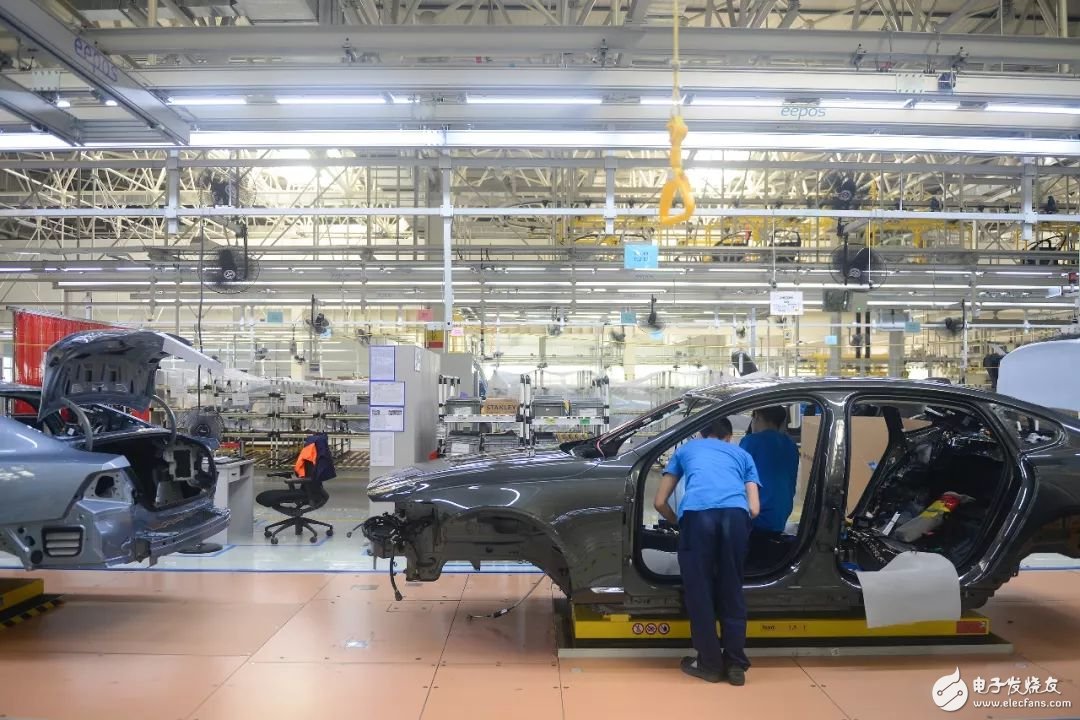
First, the still upward space in China's luxury car market has given second-tier luxury cars an opportunity to expand. Brands such as Cadillac, Volvo, and Lincoln are examples. Second, the trend of younger consumers brings new opportunities, and new brands may have a greater chance of gaining the favor of Chinese consumers.
Therefore, as long as the second-tier brands are in line with the market in terms of the type and pace of product launches, they are bound to usher in better development opportunities. Moreover, it is more conducive to shortening the gap between the second-line camp and the first-line camp.
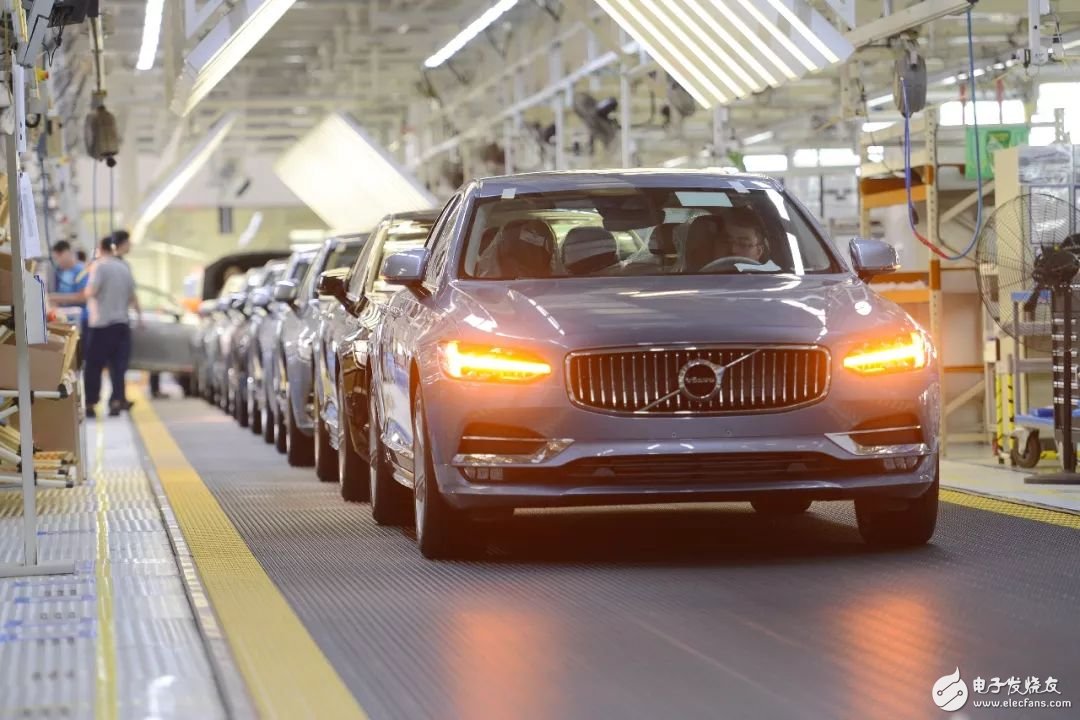
As you can see, while Cadillac and Volvo are rapidly gaining power, although Infiniti and Acura have announced domestic production, their follow-up products have not been able to follow up in time.
Compared with Infiniti and Acura's weak product line, Lexus can seize the opportunity to turn defeat into victory. In fact, with 30,000 vehicles as the domestic demarcation line, Lexus could achieve domestic production as early as 2008, so its status today may be unimaginable.
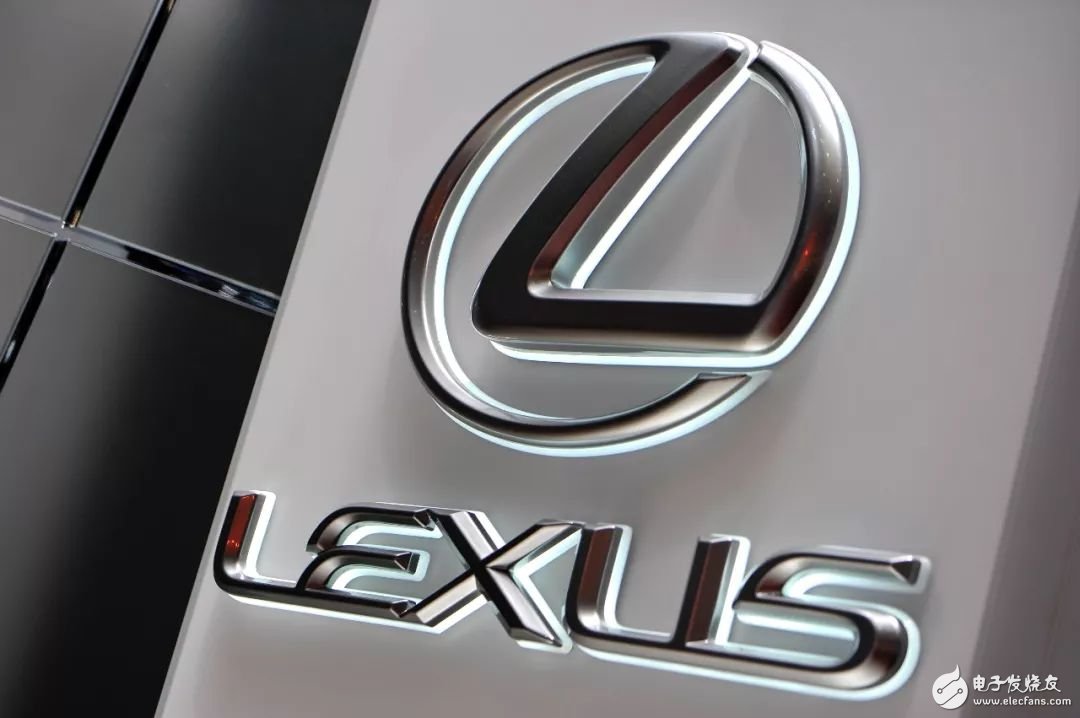
The complexity of Lexus is that its domestic production depends on Toyota's investment strategy in China.
As we all know, Toyota, which is known for its robustness, is more cautious in investing in China. After the Sino-Japanese turmoil in 2012, Toyota became more cautious. But this kind of conservativeness is not only aimed at China, but also at the global market. Lexus had only been produced in Canada before. The depreciation of the yen has also increased Lexus’s competitiveness in the global market. In both cases, it cannot be said that Lexus's insistence is wrong.
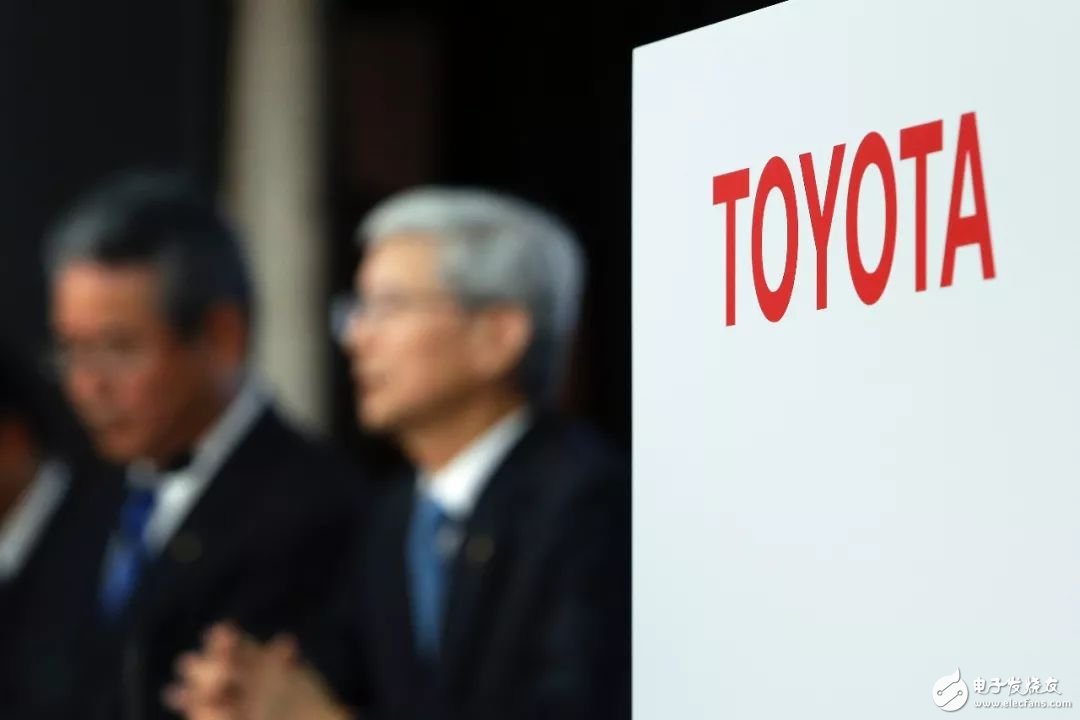
Toyota's mistake may lie in its misjudgment of the situation of the Chinese luxury car market and the explosive power of the "latecomers". Lexus finally chose the former when it came to the choice of profit or sales, the present or the long-term. However, after all the luxury car brands entering China are made in China, they still insist on importing. In the long run, it is inevitable that their competitiveness will be weakened. This has become more and more obvious after the domestic production of luxury brands such as Cadillac and Jaguar Land Rover.
In 2016, Lexus finally reached the 100,000 mark, but it was the two former "little brothers" that made it into the "100,000 car club" at the same time.

Is there any hope for Japanese luxury cars that have fallen behind in terms of momentum and market performance? Perhaps for Lexus, there is hope.
In addition to the launch of new products, Lexus may also expect the performance of hybrid models. In the first half of this year, the sales volume of Lexus Smart Hybrid vehicles in China was 22,100, a year-on-year increase of 50%. In July, its hybrid vehicle sales accounted for the month's sales, which continued to increase by 3 percentage points.
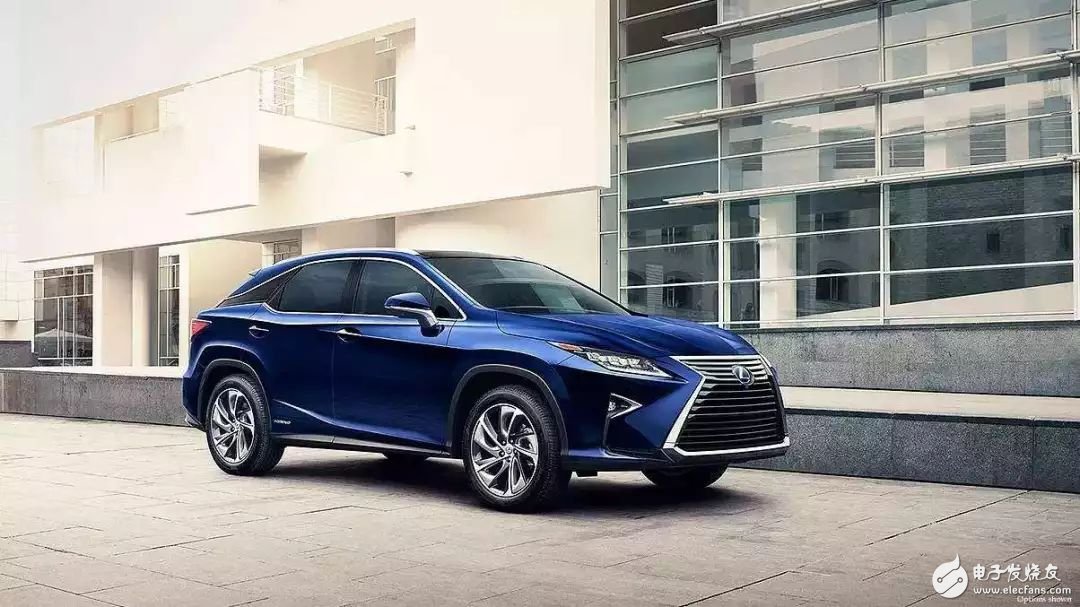
In addition, with the implementation of China's tariff reduction policy, part of the wait-and-see demand accumulated by tariffs has begun to release, and Lexus should be able to slowly show its price advantage. This was also reflected in its sales in July. But for the annual goal of 160,000 vehicles, Lexus will still be very hard in the second half of the year.
Dongfeng Infiniti launched a "five-year domestically produced five cars" strategic plan at the Beijing Auto Show, and expects to achieve a three-fold increase in sales in the Chinese market.
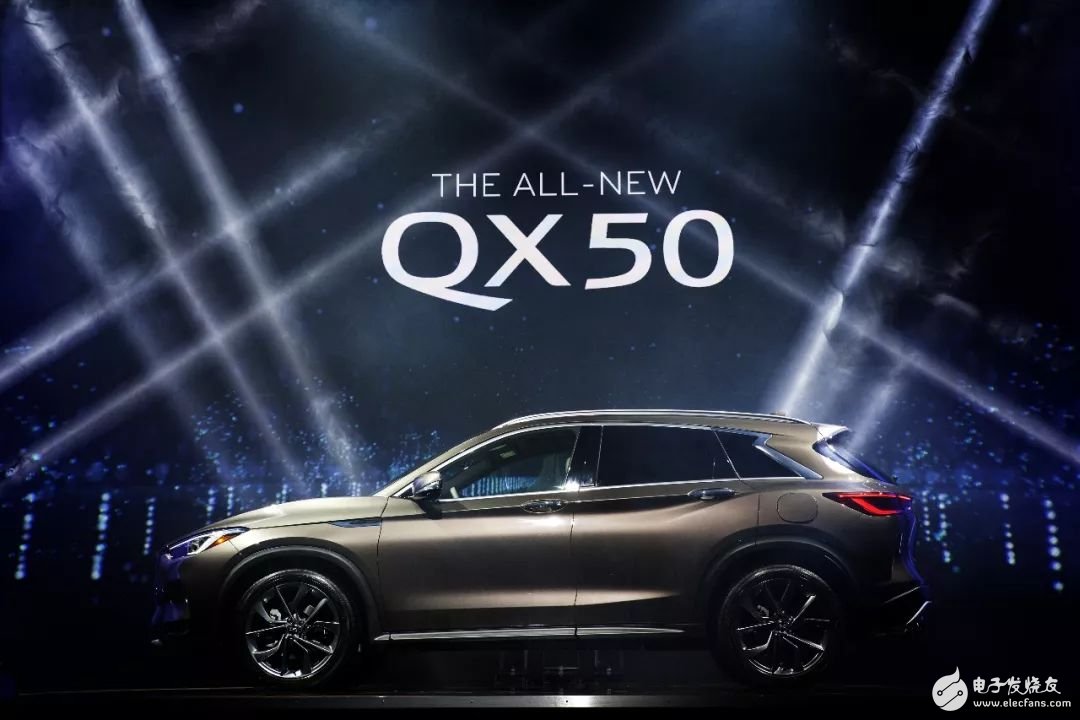
In June, the new QX50, the first model under this strategy, was launched. This is also the first new model of Dongfeng Infiniti after more than two years. At the same time, GAC Acura, which has only two domestically-produced models, said that it will start production of the new RDX in China, hoping to use the brand to return to the sales channel.
But for Infiniti and Acura, the chance of turning over seems very slim.
Litz Wire Typical applications are: high frequency inductor, transformer, frequency converter, fuel cell, the horse, communication and IT equipment, ultrasound equipment, sonar equipment, televisions, radios, induction heating, etc.In 1911, New England became the first commercial manufacturer in the United States to produce the Leeds line.Since then, New England has remained the world leader in providing high-performance Leeds line products and solutions to customers around the world.It is also transliterated as the "litz line".
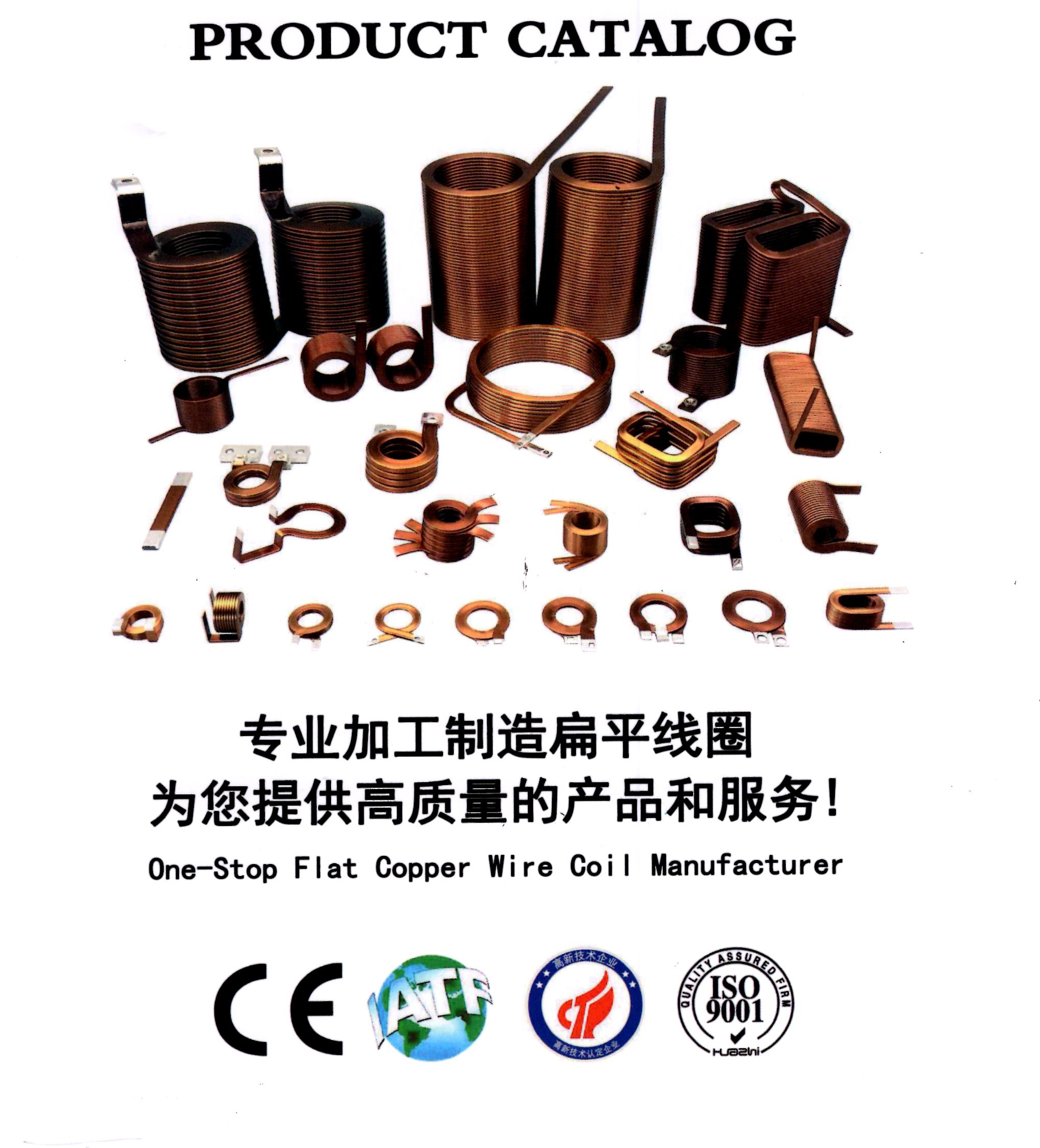
Litz Wire,Copper Litz Wire,Copper Transformer Litz Wire,High Temperature Litz Wire
YANGZHOU POSITIONING TECH CO., LTD , https://www.yzpstcc.com